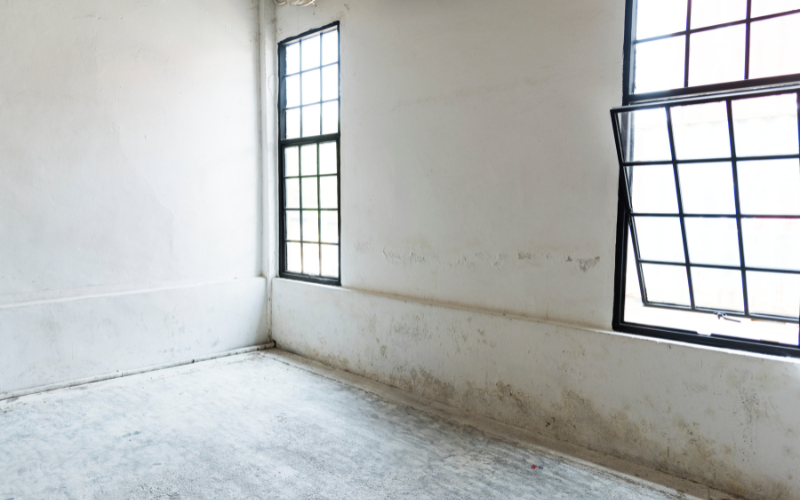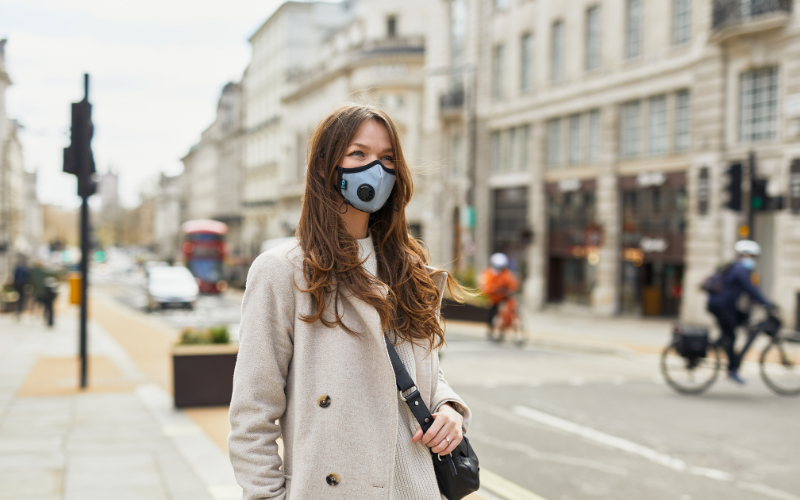
Understanding Mold and Its Impact on Indoor Air Quality
Mold is more than just an unsightly nuisance—it can significantly affect the air quality in your home and pose health risks. Understanding where mold commonly grows, its unexpected hideouts, and how to manage it effectively can help you maintain a healthier indoor environment. In this blog, we’ll explore these aspects and provide actionable tips to improve your indoor air quality.
Common Places Mold Can Be Found in Your Home
Mold thrives in damp, humid environments, making certain areas of your home more susceptible to mold growth. Here are some of the most common places:
- Bathrooms: High humidity from showers and baths creates a perfect breeding ground for mold, particularly in tile grout, around sinks, and on shower curtains. The constant presence of water and steam makes these areas highly prone to mold, especially if they are not properly ventilated. Regularly cleaning these areas and using exhaust fans can help reduce the risk.
- Kitchens: Leaky sinks, dishwashers, and refrigerators can cause moisture buildup, leading to mold growth in cabinets, under sinks, and behind appliances. Food spills and organic matter can also contribute to mold growth. It’s essential to address leaks promptly and ensure good air circulation in the kitchen.
- Basements and Attics: Poor ventilation and potential water leaks make basements and attics prime locations for mold, especially on walls, floors, and ceilings. These areas often have higher humidity levels and less natural light, creating an ideal environment for mold to thrive. Regular inspections and dehumidifiers can help keep mold at bay.

Unexpected Places Mold Can Be Found in Your Home
While the common areas might be on your radar, mold can also lurk in unexpected places, including:
- HVAC Systems: Mold can grow in air ducts and on filters, spreading spores throughout your home every time the system runs. This is particularly concerning because it can distribute mold spores to every room, affecting the entire household. Regular maintenance and cleaning of HVAC systems are crucial to prevent this.
- House Plants: Overwatering and poor drainage can lead to mold growth in soil and on leaves. While house plants can improve indoor air quality by producing oxygen, they can also harbor mold if not cared for properly. Ensure that plant pots have good drainage and avoid overwatering.
- Furniture and Upholstery: Spills and humidity can cause mold to grow on couches, chairs, and other upholstered furniture. This can be particularly problematic because it’s not always visible until the mold has spread extensively. Regularly cleaning and airing out furniture can help prevent mold growth.
- Windowsills and Window Frames: Condensation buildup on windows can lead to mold growth on sills and frames. This is especially common in homes with single-pane windows or in areas with high humidity. Wiping down condensation and using double-pane windows can reduce the risk.
The Impact of Mold on Your Indoor Air Quality
The presence of mold can severely impact your indoor air quality, leading to various health issues. Mold releases spores and mycotoxins into the air, which can cause:
- Respiratory Problems: Inhaling mold spores can trigger asthma attacks, allergic reactions, and other respiratory issues. People with pre-existing conditions like asthma or chronic obstructive pulmonary disease (COPD) are particularly vulnerable.
- Skin Irritation: Direct contact with mold can cause rashes and other skin irritations. This can happen through contact with moldy surfaces or even through mold spores in the air landing on your skin.
- Eye Irritation: Mold exposure can cause itchy, red, and watery eyes. This is particularly common in environments with high mold spore counts and can affect both people who are allergic to mold and those who are not.
- General Discomfort: Mold can cause headaches, fatigue, and general discomfort, making it hard to feel at ease in your own home. Long-term exposure to mold can also lead to more severe health problems, including infections and neurological issues.

Tips on How to Effectively Clean Mold and Chemicals Products to Avoid
Cleaning mold effectively is crucial to prevent its return and protect your health. Here’s how to do it:
- Use Protective Gear: Wear a face mask, gloves, and goggles to protect yourself from inhaling spores and direct contact with mold. A filter mask specifically designed for mold can offer better protection.
- Identify and Fix Moisture Sources: Repair leaks and improve ventilation to eliminate the root cause of mold growth. This might involve fixing leaky pipes, improving insulation, or using dehumidifiers to reduce humidity levels.
- Clean Small Areas with Vinegar or Baking Soda: These natural cleaners can effectively remove mold without harsh chemicals. Vinegar has antifungal properties and can be sprayed directly on moldy areas, while baking soda can be mixed with water to scrub surfaces.
- Use a HEPA Vacuum: A vacuum with a HEPA filter can help capture mold spores from surfaces and the air. Regular vacuuming of areas prone to mold can help keep spores from spreading.
Chemicals to Avoid:
- Bleach: While commonly recommended, bleach can produce harmful fumes and is not effective on porous surfaces. It can also cause mold spores to spread into the air, exacerbating the problem.
- Ammonia: Mixing ammonia with other cleaning products can create dangerous chemical reactions. It’s also less effective at killing mold compared to other methods.

Guide on How to Improve Your Indoor Air Quality and Air Circulation
Improving air quality and circulation in your home can help prevent mold growth and reduce the presence of mold spores in the air. Here are some tips:
- Use Dehumidifiers: Keep humidity levels below 60% to discourage mold growth. Dehumidifiers can be particularly useful in basements, bathrooms, and other areas prone to high humidity.
- Ensure Proper Ventilation: Use exhaust fans in bathrooms and kitchens, and open windows regularly to improve air circulation. Proper ventilation can help reduce moisture levels and prevent mold from taking hold.
- Install Air Purifiers: Air purifiers with HEPA filters can capture mold spores and other allergens, improving indoor air quality. These devices can be particularly effective in bedrooms and living areas where you spend the most time.
- Regularly Replace HVAC Filters: Change filters regularly to prevent mold buildup and ensure your HVAC system is circulating clean air. Using high-efficiency filters can further improve the air quality in your home.
Conclusion
Mold is a common household issue that can significantly impact your indoor air quality and health. By understanding where mold can grow, how it affects your air quality, and the best practices for cleaning and prevention, you can maintain a healthier home environment. Always remember to use protective gear like a face mask and gloves when dealing with mold, and avoid harsh chemicals that can do more harm than good. By improving air circulation and using air purifiers, you can further protect your home from the negative effects of mold. Prioritize these steps to ensure a safer, cleaner living space for you and your family.
Maintaining a mold-free home is not only about cleanliness but also about vigilance and preventive measures. Regular inspections, timely repairs, and proper ventilation can go a long way in keeping your indoor environment healthy and comfortable. Remember, the key to combating mold is to control moisture and ensure good air circulation. By taking these proactive steps, you can protect your home from mold and its adverse effects on air quality.


